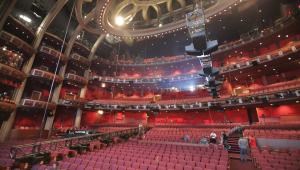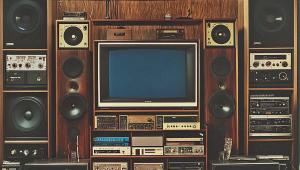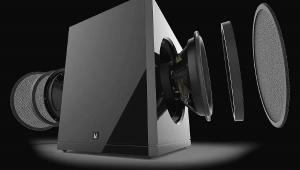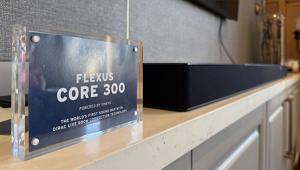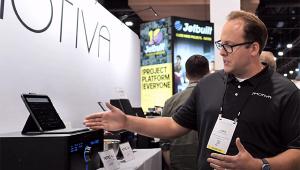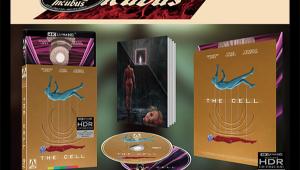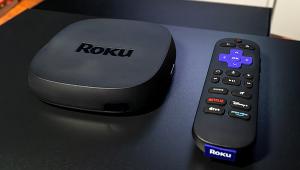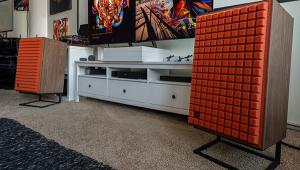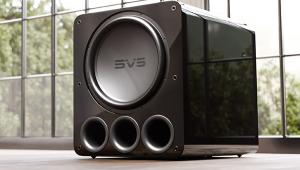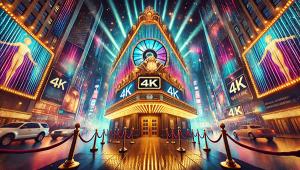Tech Trends '09: Screen Dreams Page 3

3-D TV AND BEYOND
Movies shot in 3-D have been gaining a strong foothold in the theatrical market over the past few years, and some new releases - Coraline, for example - can actually be counted as accomplished works of art. With the number of digital cinemas equipped to display the format multiplying, 3-D is starting to look less like a fad and more like the medium's future (although I'm sure it will take some coaxing before Woody Allen signs on to direct a 3-D production). Compared with movie theaters, 3-D presentation on the home front is lagging well behind - for now, at least.
Big-gun TV makers Samsung, Sony, LG, and Panasonic all had impressive 3-D demonstrations in their booths at the 2009 CES. Of these, Panasonic's demo was the most put-together. The company's 3D Full HD Plasma Home Theater used a 103-inch plasma TV displaying full-1080p alternating left/right-frame images, which you view through LCD shutter glasses controlled by infrared signals. The source of the 3-D footage, which included clips from Disney's animated Bolt and the recent Beijing Olympics, was a modified Blu-ray Disc player. While I found that the glasses were somewhat bulky and awkward, the overall experience of viewing 3-D on Panasonic's huge plasma was highly realistic and engaging.
Panasonic North America's CEO, Yoshi Yamada, stated at a press conference that the company hopes to create an industry-wide 3-D home-video standard quickly enough to let consumers enjoy Full HD 3-D movies on Blu-ray starting in 2010. To drive home the point, Panasonic screened a prerecorded statement from director James Cameron, a man with no shortage of cred among early adopters of home theater tech. Cameron, who is currently wrapping up a 3-D IMAX production - the sci-fi drama Avatar - apparently wants us all to enjoy 3-D TV in our homes, and he's partnering up with Panasonic to help make that happen.
While OLED was far from being a no-show at this year's CES - prototype sets with screen sizes ranging up to 31 inches could be seen in the Samsung, Sony, and LG booths - it apparently isn't nearly as ready for big-screen prime time as we had been previously led to believe. Just prior to the show, a Samsung executive deflated expectations when he told the British magazine What Hi-Fi? Sound and Vision that the company doesn't know exactly when OLED will become a viable consumer product. And with no new OLED product announcements for 2009, Sony neglected to follow through on the momentum generated by the XEL-1 TV it introduced at last year's CES. What Sony did demonstrate was that it can make tiny OLED screens that bend (shown above). Cool? Sure. Useful? I'll leave that up to you to decide.
- Log in or register to post comments




